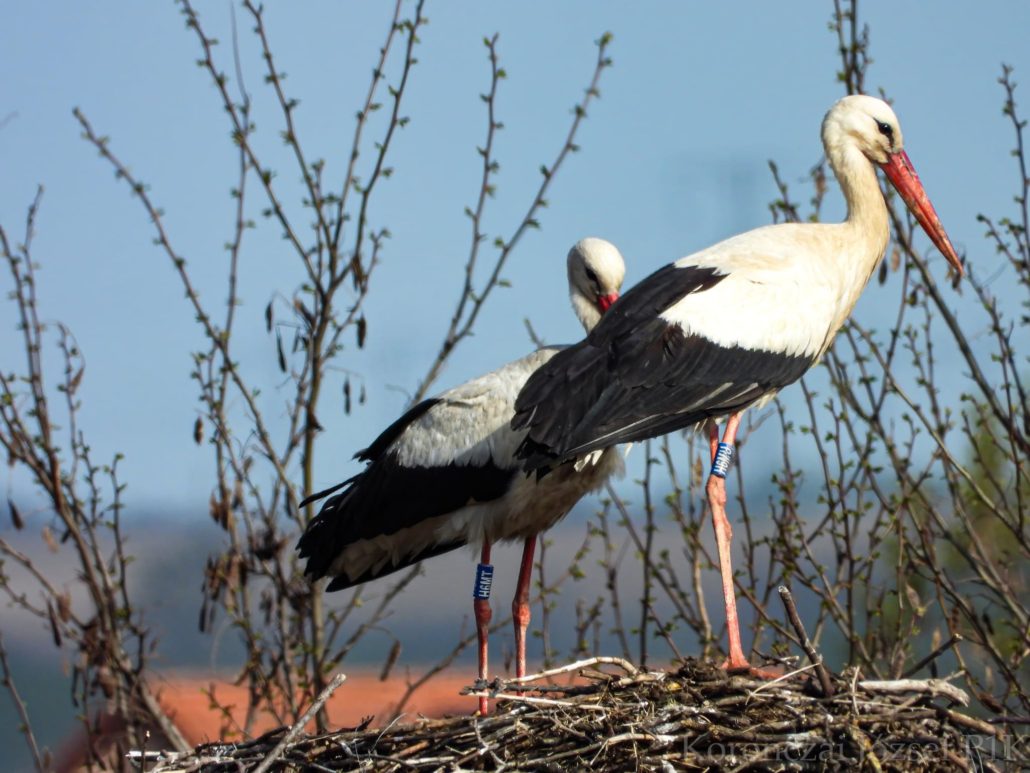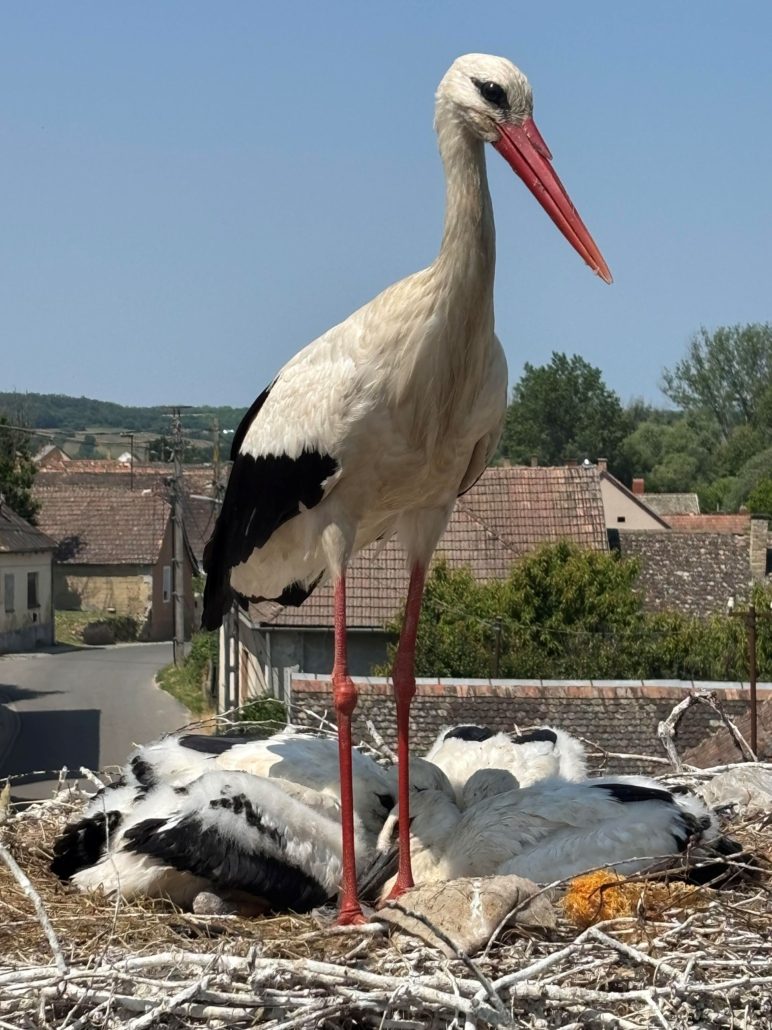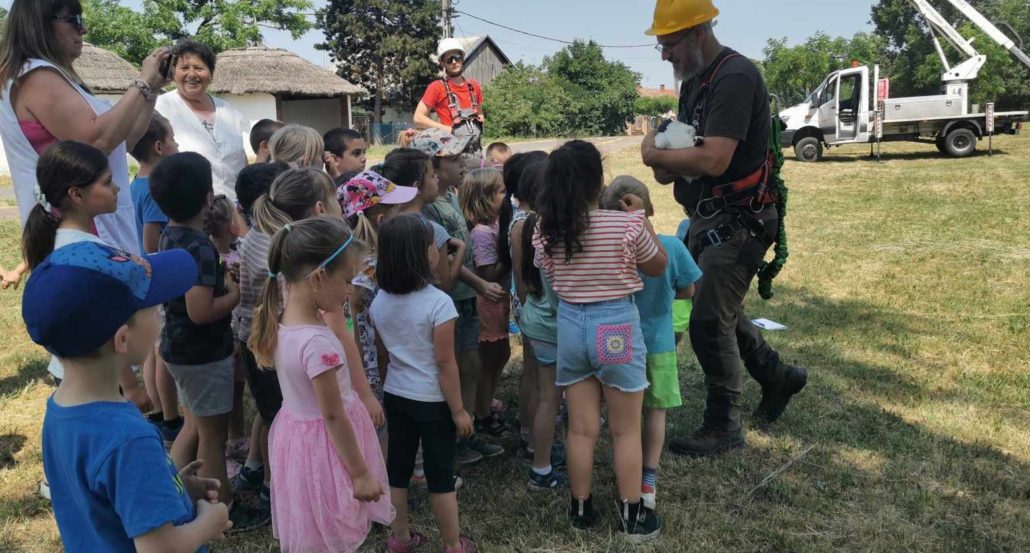E.ON helps ring 915 stork chicks throughout Hungary
E.ON experts provided hands-on support during this year’s stork ringing and assisted experts from the National Park Directorates and the Hungarian Ornithological and Nature Conservation Society (MME). In the counties of Northern and Southern Transdanubia, as well as in the vicinity of Budapest, the ringing involved placing bands on a total of 915 stork chicks in 297 nests in 199 settlements. The company spends hundreds of millions of forints annually on bird conservation measures.

Most of the bands were placed on chicks’ legs. The total number in Veszprém County was 253, followed by 157 in Győr-Moson-Sopron, 144 in Tolna, and 114 in Fejér County. Chics received a distinct ornithological mark that can be read from a distance. The metal bands help identify migrating storks, both in Hungary and distant destinations, that take flight in August. They provide information about their migration, mate selection, and return home next year.
There were significant age differences among this year’s baby storks, with several late hatchlings. During the ringing operations in June, experts found not only 7-week-old chicks, but also tiny, 1-week-old chicks that were not yet ready to be collared whose legs were banded at a later date. Some chicks which had fallen out of their nests in the spring and raised in an aviary, were released back into the wild among their peers of similar age during the collaring process.

50 settlements saw a higher than average number of nests with four chicks, and seven settlements saw nests with five chicks.
Bird tagging operations also provide experts with information about chicks’ health and are an opportunity to remove any rubbish or hazardous materials from nests. Baling twine, which can cause chicks serious injury, was cleared from numerous nests.

E.ON cooperates with national parks throughout the year to protect storks and other birds, and provides support for nest building and repair, nest cleaning and chick rescue.



